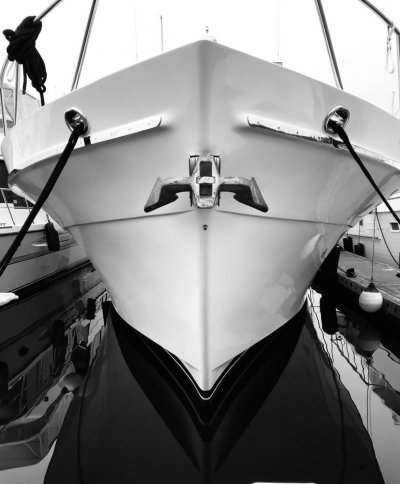BruceK
Moderator Emeritus
- Joined
- Oct 31, 2011
- Messages
- 13,559
- Vessel Name
- Sojourn
- Vessel Make
- Integrity 386
Fair comment Eric. I doubt the anchor knows or cares whether a load applied is from wind or prop. OTOH, if early operator loading is a nono, doesn`t matter if the load is from wind, prop,or the good fairy.
If I power set, it`s gentle,not heaps of power, just gentle reverse in the hope it helps the anchor digs in. I do like to power test it in reverse after a little while, much better finding out it`s not set while checking, than at some inopportune moment. But it`s a Super Sarca,and gives little trouble.
Nigel Calder had the right idea: drop it, set it,take bearings,make and enjoy a cup of tea, and check.
If there is no clear landmark, a flock of seagulls on the water will do.
Nothing to do with the tea, it just ensures a period of watchful observation after anchoring.
If I power set, it`s gentle,not heaps of power, just gentle reverse in the hope it helps the anchor digs in. I do like to power test it in reverse after a little while, much better finding out it`s not set while checking, than at some inopportune moment. But it`s a Super Sarca,and gives little trouble.
Nigel Calder had the right idea: drop it, set it,take bearings,make and enjoy a cup of tea, and check.
If there is no clear landmark, a flock of seagulls on the water will do.
Nothing to do with the tea, it just ensures a period of watchful observation after anchoring.


